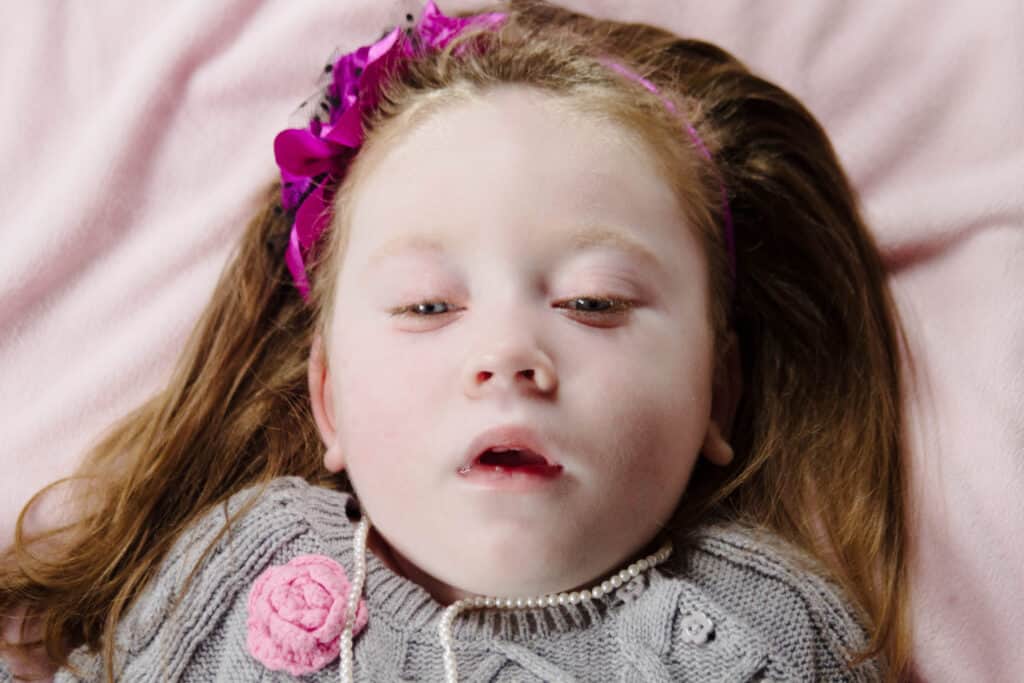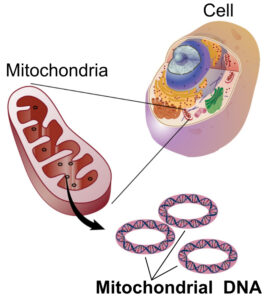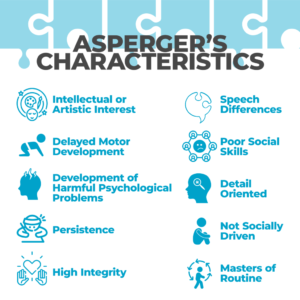Nervous system cells are affected by an aberrant accumulation of galactolipids, a type of lipid. Krabbe disease is an uncommon hereditary disorder. In particular, the cells that create myelin — the substance that insulates and protects nerve cells — are affected by Krabbe disease. The condition, also known as globoid cell leukodystrophy or Krabbe’s leukodystrophy, is one of around 50 lysosomal storage diseases (LSD) in which a genetic variant affects the normal function of lysosomes in human cells.
Epidemiology
Krabbe disease is very rare. It affects around 1 in 100,000 people in the United States and is more prevalent among those of Scandinavian origin. Men are affected similarly to women. If both parents have the faulty gene, a kid has a one-in-four chance of receiving two copies of the gene and hence having the condition.
Inheritance
This disorder is inherited in an autosomal recessive manner, which implies that mutations exist in both copies of the gene in each cell. The parents of a person with an autosomal recessive disorder each carry one copy of the defective gene, although they normally do not exhibit symptoms of the disorder.

Causes
The GALC gene deficiency causes Krabbe disease. Individuals with this gene deficiency do not produce enough galactocerebroside beta-galactosidase (enzyme) (galactosylceramidase).
Myelin cannot be produced without this enzyme. Myelin protects and encases nerve fibers. Without this enzyme, myelin disintegrates, brain cells die, and nerves in the brain and other parts of the body do not function properly.
Different ages can develop Krabbe disease:
- Early-onset The onset of Krabbe illness occurs within the first few months of life. The majority of children with this version of the condition die before their second birthday.
- Late-onset The onset of Krabbe illness occurs throughout late childhood or early adolescence.
The inheritance of Krabbe illness means that it is transmitted via families. If both parents carry a nonfunctional copy of the gene associated with this disorder, each kid has a 25% (1 in 4) chance of developing the condition. This condition is autosomal recessive.
This syndrome is quite uncommon. It is more prevalent in individuals of Scandinavian heritage.
Symptoms
Different symptoms manifest in asymptomatic infantile-onset (12 months after birth) and later-onset Krabbe illness. 85–90% of infants with infantile-onset Krabbe disease experience progressive neurologic decline and die before the age of two. Symptoms include irritability, fevers, limb rigidity, seizures, feeding difficulties (such as gastroesophageal reflux disease), vomiting, staring spells, and slowed mental and motor development. In the early stages of the condition, physicians frequently misdiagnose the symptoms as cerebral palsy. Other symptoms include weakness in the muscles, stiffness, deafness, optic atrophy, optic nerve enlargement, blindness, paralysis, and swallowing difficulties. Long-term weight loss is also possible.
10–15% of persons with later-onset Krabbe disease have a much slower course of the disease. Additionally, these individuals may have esotropia, slurred speech, and sluggish growth or loss of motor milestones.
Diagnosis
The laboratory can test the material for GALC enzyme activity. If GALC activity levels are extremely low, the youngster may be suffering from Krabbe illness. Additionally, the following tests may be conducted to confirm a diagnosis:
- Imaging scans (MRI): An MRI of the brain can be used to detect anomalies, which will reveal diffuse demyelination in children with this disease.
- Nerve conduction study: This technique assesses the rate at which electrical impulses travel through the neurological system.
- Optic examination: This examination looks for indications of optic nerve injury.
- Genetic analysis: Genetic testing can reveal the genetic flaw responsible for Krabbe illness.
- Amniocentesis: Amniocentesis can also be used to diagnose a child before birth.
Treatment
There is currently no treatment for Krabbe disease. Children with this disease benefit from supportive care and thorough monitoring of their disease’s course.
A transplant of umbilical cord blood has prolonged the lives of numerous children. Not all children are candidates for transplant, but your child’s doctor may explore this option with you.
Living with Krabbe disease
KD often manifests prior to 6 months of life, and death occurs by age 2. Despite the fact that stem-cell transplants reduce the progression of the disease, children who get this treatment may still have trouble speaking, walking, and learning. Transplants of stem cells are not suggested for children with severe symptoms. In these instances, transplants have no effect on the progression of the disease.
Unfortunately, symptomatic therapies do not alter the prognosis. Nevertheless, drugs, physical therapy, and feeding support can help children feel more at ease. Later stages of Kawasaki illness are frequently accompanied by a worsening of respiratory difficulties, necessitating home oxygen therapy or other measures. Medical devices or bracing may help retain joint mobility and facilitate the child’s transportation and care at home. Having additional support from friends or family members is beneficial for those caring for a child.
Insurance companies may offer some in-home nursing care. Hospice care may be acceptable for some families during end-of-life care.



